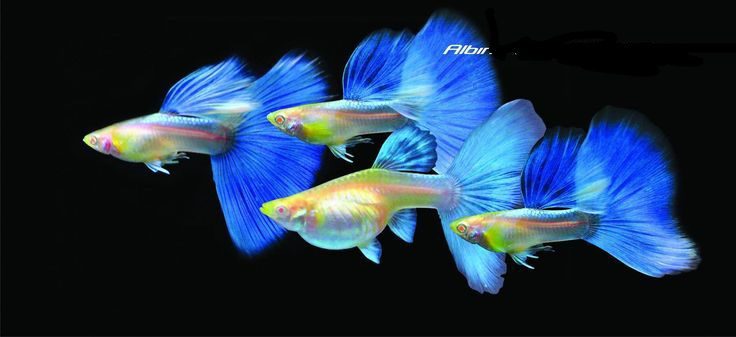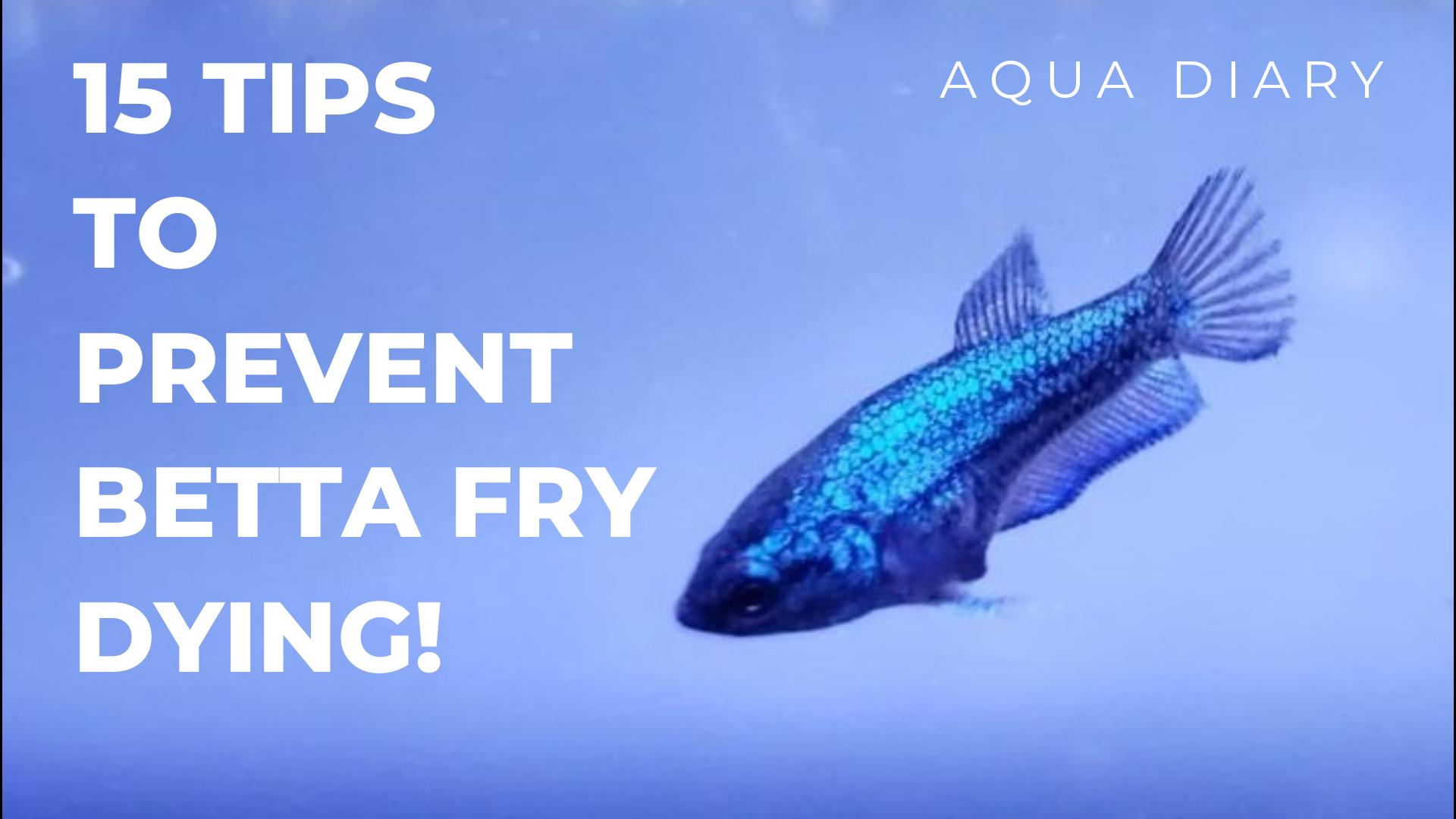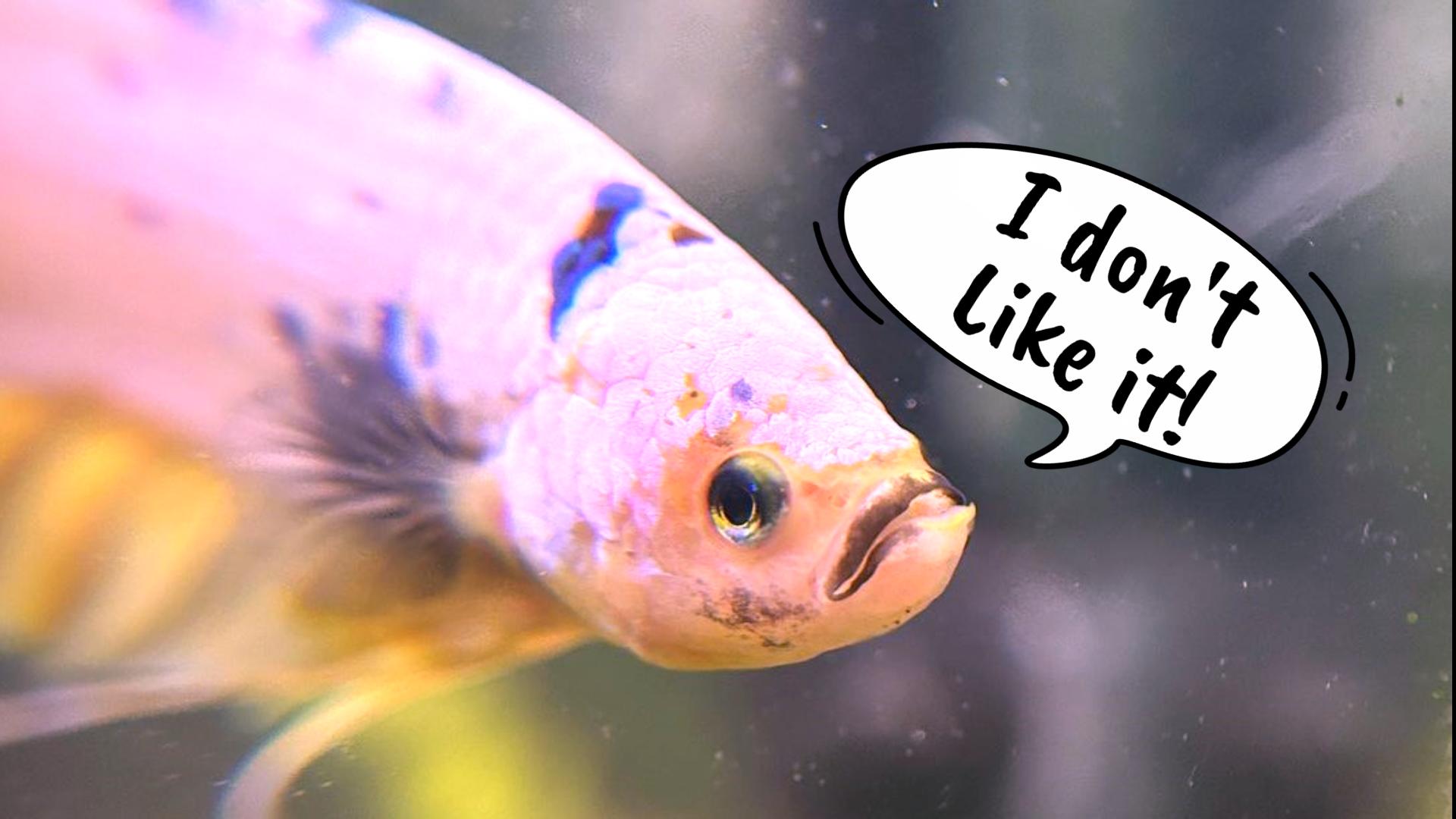This betta keeper took his betta fish to a veterinarian for treatment of vertical death hang disease. In this blog, you will find out what is vertical death hang condition, and how he saved his betta fish from it. Continue watching this blog for the full story.

This incident happened in South Florida USA. The pet keeper purchased this betta fish two weeks ago and introduced it into an existing 15-gallon community tank that also houses Neon Tetras, Black Mollies, and Nerite Snails. Initially, the betta was doing perfectly fine in the tank. However, things changed when the betta started hiding more than usual. The next morning, the owner woke up to find the betta fish swimming head up at the top of the tank, with its fins clipped to the side. The betta fish was swimming vertically and was unable to swim normally, even when he tried to help it. Despite not being bloated and not showing any signs of pineconing, the betta’s swimming had gotten so bad that the owner decided to take it to the hospital. Now, let’s see what the real disease in betta fish is that can cause such an impact.
What Is Vertical Death Hang?
In betta fish, vertical death hang is a concerning condition that causes fish to swim vertically, with their heads upwards rather than horizontally. This behavior is abnormal and usually indicates that the fish is ill or experiencing some form of distress. There are many reasons why this can occur, such as swim bladder disease, poor water quality, temperature, overfeeding, pH level, and so on. Neglecting their needs can cause them to exhibit dangerous behaviors such as the vertical death hang. If you observe this behavior in your betta fish, it is crucial to take immediate action to address the underlying issue to keep your betta fish healthy and happy.


Primary Causes
Vertical death hang disease in betta fish can stem from various causes. Poor water quality is a common culprit, as it can trigger swim bladder infections, affecting buoyancy. Inadequate tank size also contributes, leading to cramped spaces. Maintaining proper water temperature is essential; cold water can induce this behavior. Overfeeding, particularly with dry foods like pellets, can lead to bloating, adding pressure to the swim bladder. Lastly, water pH plays a role; extremes below 6.8 or above 7.5 can induce vertical hanging. Addressing these factors promptly is crucial for ensuring your betta fish’s well-being and preventing this distressing behavior.
Now, let’s discuss treatment costs and how the Betta fish’s health improved.
The pet owner paid $90 for an initial vet consultation, followed by a 5-hour wait. The diagnosis was a bacterial infection causing flaring gills and a clouded eye. Medication, including two shots (anti-bacterial and anti-inflammatory), cost $25. Delaying treatment could have been fatal. Water quality change may have triggered the infection. In total, $115 was spent to save the Betta Fish’s life.
After a few hours, the Betta Fish stopped exhibiting the vertical death hang and began swimming normally. The owner plans to provide updates on their progress.
Not many Betta keepers seek hospital treatment, but responsible pet ownership means recognizing when it’s necessary. This Betta Fish is fortunate. Kudos to the owner! Follow Betta Fish’s progress on Reddit. Your likes help share valuable information.





